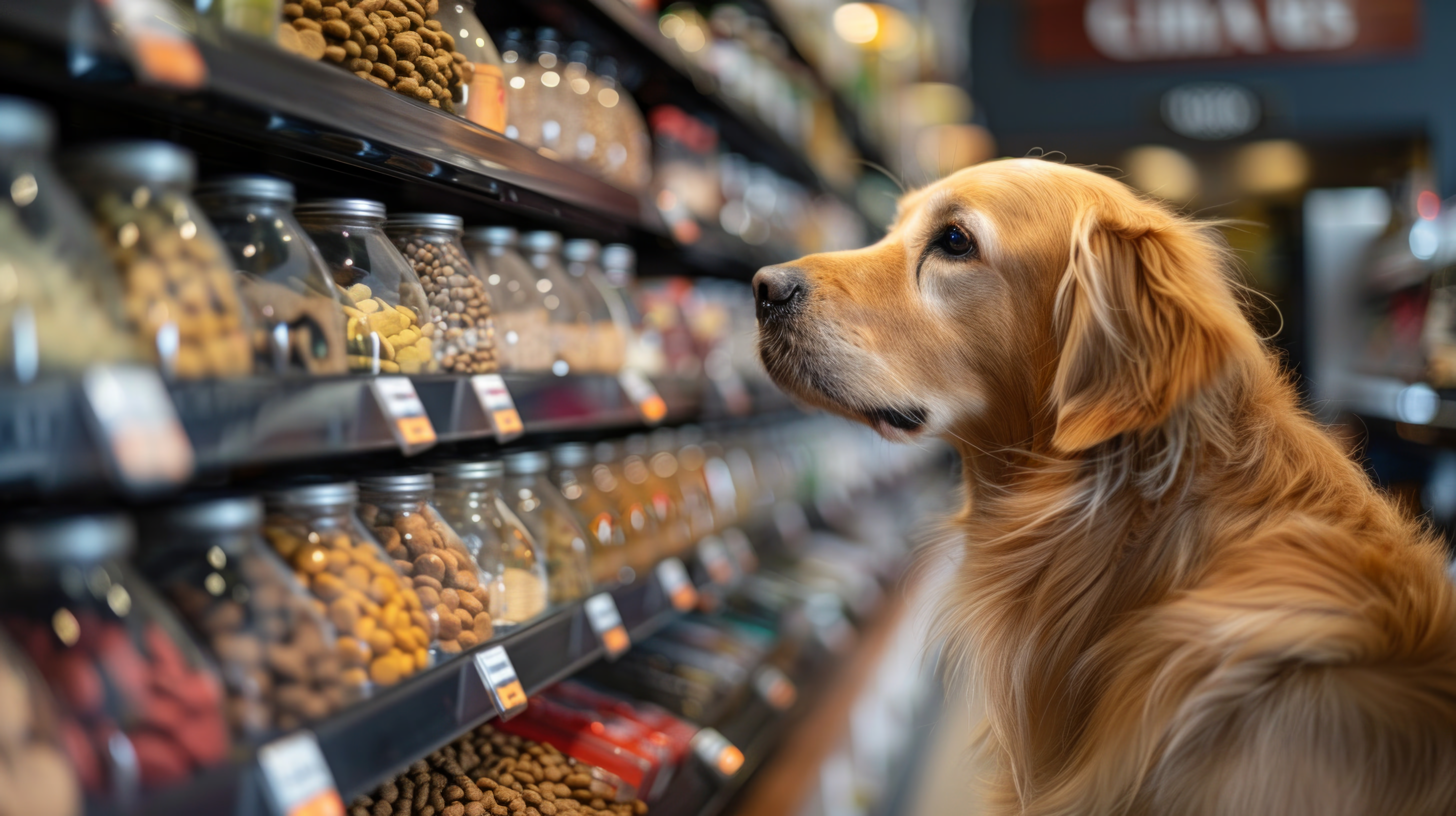In context
Two years ago, the chaos caused by the pandemic revealed the downside of common practices like just-in-time manufacturing and inventory control, inevitably causing many companies to revise their operating strategies. But, the truth is that, if we analyze objectively, most of these problems existed before March 2020. But what is the main cause? What are the recovery forecasts? What are the current stressors? And most importantly, what can we do to address these challenges?
To make things worse, in the pet food industry, countless headlines in recent times highlight the rise of pet ownership, the expansion of the sector, developments in production and packaging, and even remark that food exports are increasing, all aspects of a solid and growing sector… with a supply chain plagued with obstacles and difficulties. Among these articles, we find a few that speak to this B-side: complications with ingredient procurement, container and packaging sourcing, transportation management, and potential risks to the availability of meat and poultry products due to livestock diseases, for instance.
It is due to several of these drawbacks that organizations are digitally transforming the way they manage their supply chains by implementing technologies such as Blockchain, artificial intelligence, machine learning, IoT, and augmented reality. The result will be a massive increase in automation as well as trust and transparency throughout the supply chain, with increased physical asset tracking capabilities and shared documentation globally.
Advanced manufacturing and automation are already changing supply chains and will continue to reshape the workforce and supply cost management.
What will happen, then, with pet food supply chains?
Once again, we can affirm that new technologies have the power to provide some answers and new paths to follow.
First, let's see what the current challenges are:
Transportation
The bottlenecks stifling transportation are not new: they have only been exacerbated during the pandemic. Logistics-related challenges include coping with ever-larger ships and other forms of transportation, which means unloading more merchandise in tight spaces; the need for more modern cranes to operate at higher speeds, traffic congestion, lack of parking for truckers, and more obstacles.
Raw material supply
Supplies of animal matter are scarce. A recent pet food consumption report by the US Institute for Pet Food Education and Research indicates that beef and animal fats are the 4th and 5th largest category of animal ingredients in pet food by volume. What's happening is that, as fuel refiners add "renewable diesel" to their product mixes, they are using up stocks of the fats used to process biodiesel, including animal ones. The greater diversion of this raw material towards biofuels recently has pushed up the prices of all kinds of animal fats internationally.
On the other hand, to these increased costs, we must add possible outbreaks of viruses or diseases that can further reduce the availability of ingredients of this type.
As the last point, we cannot fail to highlight the warlike factor presented by the Ukraine war. Raw materials such as sunflower oil, white fish, cereals, and Russian fertilizers continue on the list of main affected in terms of availability, logistics, and distribution.
Packaging disadvantages
The problems that affect pet food manufacturers also affect manufacturers of packaging materials (and vice versa). Limited supplies of materials to create packaging or containers such as glass, cardboard, and aluminum and the scarcity of cargo containers to move them, for example, are a plus that delays and hinder the development of a fluid and efficient chain. The lack of materials is closely related to the energy crisis that has been taking place year after year in China, a major producer and exporter of these materials such as aluminum packaging, whose process requires magnesium, an element that requires a lot of energy to work. This need drives the government to reduce the manufacture of this type of packaging, which directly implies its availability.
New technologies at the service of the supply chain
Digital printing
In response to the problems with these materials necessary for the creation of packaging, digital printing appears: not only does it offer a much faster response time, but several companies that are implementing it can obtain all the necessary materials in their local industry (or, at least, at a national level).
The B side of this packaging option is its limitation in terms of bag sizes that can be achieved today.
AI in control systems
The current technology allows connecting people to almost anywhere in a production facility. If we use technology for communication, production teams will become more collaborative and effective, and operational and maintenance support areas will be able to reach multiple facilities.
The companies at the forefront of technological innovation in the industry are already using high-performance graphics that highlight only the relevant information, as well as intelligent notifications based on the parameters of each machine.
Industry 4.0
Internet of Things (IoT) technology enables data conversion into actionable insights, Big Data analytics, and machine learning training to improve performance and adjust it at optimal times, as well as global access to data through cloud-based storage. Today's solutions deliver data at microsecond intervals and overlay machine learning to make small adjustments to the process that optimize production results as they go. This technological advance implies computing power, technical connectivity, and data integration improvements.
For its part, data acquisition and integration with automated enterprise resource planning (ERP) and manufacturing execution systems (MES) improve efficiency and optimize processes.
Hyper-automation
Hyper-automation is a framework that combines various technologies, such as legacy platforms and emerging technologies. It is being widely adopted in service-oriented and repetitive supply chains, such as the generation of compliance documents and the exchange of information through software applications.
Digital twin in the supply chain
A digital twin in the digital supply chain (DSCT) digitally represents the physical supply chain. It emerges from all the crucial and relevant data in the supply chain (end to end) and becomes the basis of decision-making.
Edge Computing
It's all about processing and analyzing data close to its collection point while matching IoT devices. This technology is especially needed during the demand for low-latency processing and real-time, automated decision-making.
Smart (more) warehouses
Organizations are pushing for "smarter" warehouses by leveraging emerging technologies like IoT and RFID (Radio Frequency Identification) for better data transmission and avoiding blind spots.
We definitely can transform operating models with technological proposals
Given the vulnerabilities in supply chains exposed during the pandemic, the logical progression would be to leverage digitalization with smart technologies.
For this, companies must seek innovative technologies with the potential to disrupt and transform current operating supply chain models. Technological advancement will drive changes to the existing system for delivering products and services, and will revise the process of generating and sharing data across a more diverse set of functions.
Undoubtedly, the future of supply chains and global trade, in general, will be completely transformed with the development of an increasingly digitized environment.
Source: All Pet Food Magazine
You could be interested: The Conscious Nutrition Era, or With Science Era, Now in Dogs and Cats
About author
María Candelaria CarbajoI’m a creative, interdisciplinary person, translator, and editor. I collaborate in producing and writing creative, high-impact projects to promote cultural exchange, transmit differential values, and connect with people/the audience. Likewise, I enjoy teamwork and joining forces, experiences, and knowledge to bring the world all the potential of those ideas that seek to impact people’s lives positively.

































